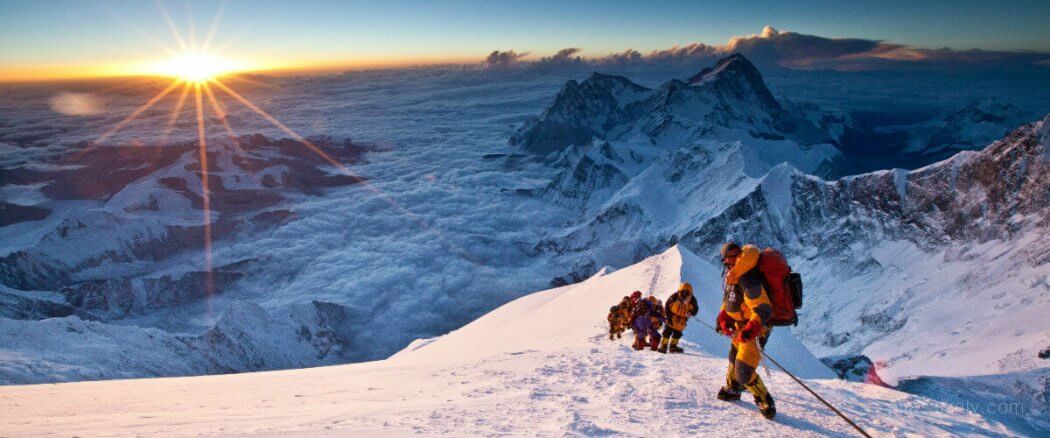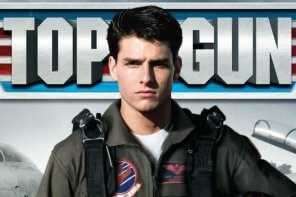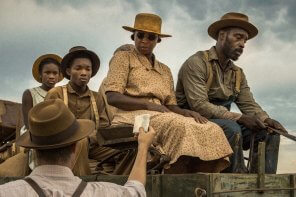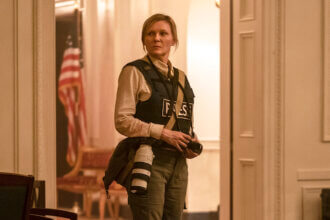I’m not a fan of 3D. It’s not for lack of trying. I put on the glasses every now and again in the hopes they’ve perfected the formula. Maybe this time I’ll feel like I’m in the movie. But if James Cameron couldn’t do it for Avatar, no one can…yet.
Suffice it to say, I wasn’t thrilled when the only showings of Everest last weekend were in eye-popping 3D. Marketers are savvy. You want 2D? Come back next weekend. Of course by then, I’d already made up my mind. So I bit the bullet, cashed my 401K, and bought a 3D ticket. And there I was, staring once again at a pair of silly glasses.
Then suddenly, I started getting excited. Maybe 3D was the right choice after all. Maybe a flat screen couldn’t do the journey justice. This wasn’t any mountain, after all. This was Everest. Go big or go home.
Teamwork
Many books and movies have been made about the events of Everest already. The story is innately compelling. In 2006, a guided expedition team called Adventure Consultants made an attempt to help eight climbers reach the summit of Everest. They weren’t alone. The mountain was overcrowded with commercial Everest activity, resulting in bottlenecking and delays. Then came a ferocious storm that plunged everything into chaos. Until 2014, this was still the deadliest day in Everest’s history.
Everest is a film with a big cast and no idea what to do with them all. When the stunning Robin Wright is a boring housewife with fifteen minutes of screen time, you’ve done something wrong. Still, what a cast.
 Jason Clarke plays the leader of Adventure Consultants, Rob Hall. Clarke has been the lead in more than one film now, but he’s not a household name. I hope a game-changing performance comes his way soon. He’s a good actor, and he carries this movie well. There’s a tenderness to him that forms a welcome centerpiece. This is a guy you want by your side when things go wrong.
Jason Clarke plays the leader of Adventure Consultants, Rob Hall. Clarke has been the lead in more than one film now, but he’s not a household name. I hope a game-changing performance comes his way soon. He’s a good actor, and he carries this movie well. There’s a tenderness to him that forms a welcome centerpiece. This is a guy you want by your side when things go wrong.
Jake Gyllenhaal is a welcome addition to any movie, but he too is underutilized. Gyllenhaal looks and talks the part, but this is as generic as I’ve seen him in a while. Rounding out the team is Josh Brolin, Keira Knightley, Michael Kelly (Doug from House of Cards), Emily Watson, and John Hawkes. Hawkes has been doing terrific character work for years. His performance left the biggest mark.
All told, these are a bunch of great actors with nothing to do. Their interactions are interesting. They hit the right beats. But there’s little going on beneath the surface. I got to know them, but I never really knew them. They were 2D characters in a 3D movie.
Spectacle
Maybe I was expecting too much. This isn’t a character study. This is a PG-13 spectacle built for broad audiences. On that front, Everest delivers. If you want to join a climbing expedition without the pesky risks of dismemberment and death, see Everest in 3D. As much as I’m ambivalent about the format, 3D is the way to go here. You feel closer to the team and closer to the mountain. And when the storm arrives, that impending doom feels closer too.
The special effects of Everest are flawless, but I was more impressed with the pre-storm effects than the storm itself. The storm turns everything into a hazy gray blob. I have no doubt that’s authentic to the look and feel of the moment, but there’s something about sunlight glittering through snow on a mountain peak that feels even more breathtaking.
What Everest really captures is the raw emotion of mountain climbing. We feel the team’s excitement at the start when bounding up the summit seems a foregone conclusion. We feel reality sink in when they see the peak for the first time. We feel their hunger to keep going even when good sense tells them to stop.
The most haunting emotion, however, was the denial by the climbers that they were in over their heads. Regular Joes panic at the first glimpse of a gray cloud, but Regular Joes don’t climb Mount Everest. These are people who believe they’re capable of anything — that’s why they’re there. I found their calm more terrifying than their panic. These guys plop down nonchalantly to rest for a minute and never get up again.
The Descent
The biggest myth about mountain climbing is that it’s all about reaching the summit. Truth be told, the summit is easier than the descent. The majority of deaths on Mount Everest have occurred on the way back down. This makes sense. Climbers give every last ounce of strength to reach their goal, and then have nothing left to get back home.
Unfortunately, the same problem exists in movies. It’s rare these days for a movie to stay strong through the final act. There are three acts to a two hour film: the first is thirty minutes, the second is sixty, and the final is thirty. The average movie starts to lose steam somewhere between the second and third acts.
 Everest is no exception. The film has a great beginning, and continues to work through the start of the storm. Then somewhere toward the end of the ordeal, everything falls apart. We start to lose our place of which characters are still alive and where they are on the mountain. Characters we haven’t been following are suddenly dead, and characters we’ve spent a lot of time with are suddenly abandoned. The movie finally fizzles to a close as a generic ending is punctuated by a standard true-story title coda.
Everest is no exception. The film has a great beginning, and continues to work through the start of the storm. Then somewhere toward the end of the ordeal, everything falls apart. We start to lose our place of which characters are still alive and where they are on the mountain. Characters we haven’t been following are suddenly dead, and characters we’ve spent a lot of time with are suddenly abandoned. The movie finally fizzles to a close as a generic ending is punctuated by a standard true-story title coda.
Out of the three acts to a film, the last one is the most important. This is the final taste in the audience’s mouth. This is the last chance to gloss over mistakes and send a room full of people out on a high. Failure in the final act means failure for the film. Filmmakers should start with a good ending and go from there. A good ending covers a multitude of sins.
Why Climb Everest?
Rob Hall says something profound to his team before heading off to Everest. He tells them, “The body isn’t meant to be at the altitude of a 747. Up there, you’re literally dying. My job is to get you back down before you do.”
We live in a dangerous world. Death can find us at any moment. But why would we willingly go somewhere our body isn’t meant to go? The characters all sit around and ask each other the same question. Their answers vary — because it’s there, because we can, because we want to say we did. Can we call a spade a spade and say that none of these answers are good enough? God didn’t bless us with life to risk it for personal glory. God didn’t bless us with money to spend $65,000 on a week-long excursion.
The problem becomes even greater if we’re leaving loved ones behind. Imagine saying to your kids, “You might be without a daddy in a week, but if I make it back I’ll be able to say I climbed Mount Everest.” Imagine saying to your wife, “You might be a single parent soon, but I have to pursue my dreams.” God made us to love and serve him, and to love and serve our neighbor. Risking our life in the “death zone” fulfills neither.
Dead Bodies
Proverbs 16:18 says, “Before destruction, a man’s heart is haughty.” Another translation reads, “Pride comes before the fall.” Both apply literally in this case.
People climb Mount Everest to say to others and themselves that they climbed Mount Everest. And for what? In 240 cases, to become another dead body along the path. That’s the death toll on Everest to date. Those bodies are still on the mountain, preserved by the cold.
I left the theater after the movie, recycled my glasses, and drove home. I felt like I had just climbed a mountain. Maybe 3D works after all. The first thing I heard when I walked in the door was the sound of my children laughing. What dream is worth losing that sound? What summit could even come close?
The dead bodies lie frozen on Everest as a warning to all who pass by. They cry out in silence even now: Turn back. It’s not too late. There’s a world down there that needs you.





